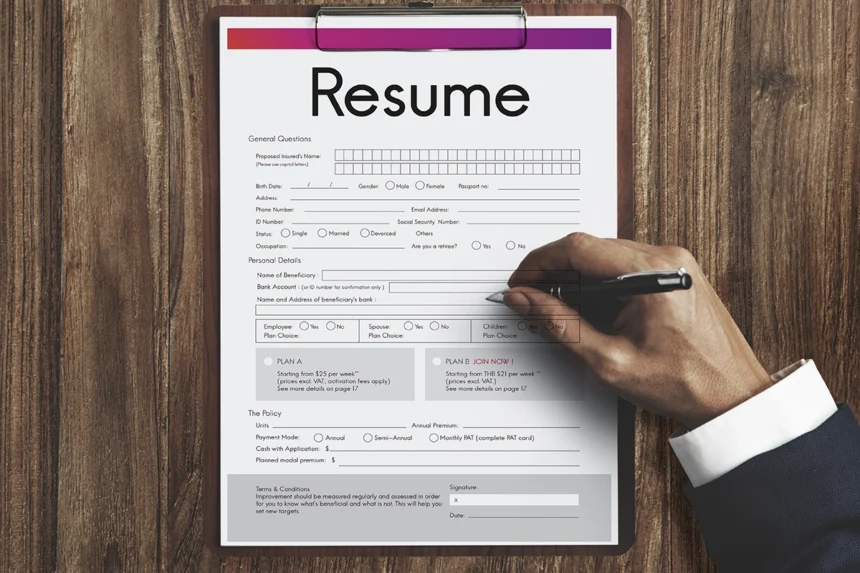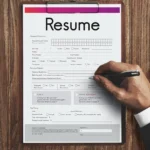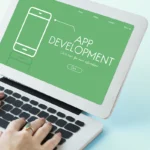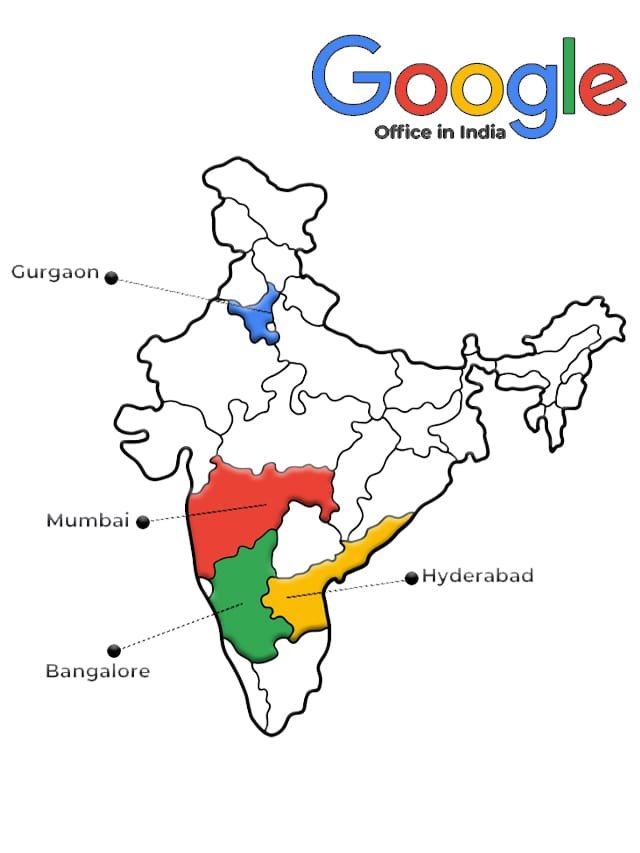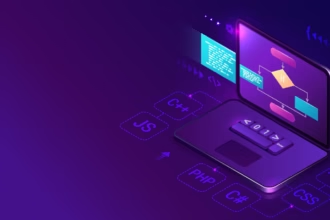Have you ever wondered what sets apart a standout UX designer resume from the rest? As the competition in the UX design field heats up, it’s more important than ever to craft a resume that not only highlights your skills but also tells your unique story. Whether you’re a current student, a budding intern, or an experienced designer, having a compelling resume can be the key to landing your dream job. In this article, we’ll explore real UX designer resumes across different career stages, provide invaluable UX design tips, and even share a free resume template to help you get started.
Understanding UX Designer Resumes
What is a UX Designer Resume?
A UX designer resume is a marketing tool that highlights your skills, experience, and accomplishments in the field of user experience design. It serves to attract potential employers’ attention and persuade them to invite you for an interview. Your resume should effectively communicate not just what you’ve done, but also how you can add value to their team.
Why is a Strong Resume Important?
A well-crafted UX designer resume is crucial for several reasons:
- First Impressions Matter: Your resume is often the first interaction a hiring manager has with you.
- Showcase Skills and Experience: It’s your opportunity to demonstrate your relevant skills and how you’ve applied them in real-world settings.
- Competitive Edge: In a crowded job market, a standout resume can differentiate you from other candidates.
Analyzing Real UX Designer Resumes
1. Current Student
What You Can Learn:
For students entering the UX field, crafting a resume can be daunting due to limited experience. Here are some key takeaways:
- Emphasize Relevant Experience: Focus on internships, projects, or extracurricular activities that showcase your design skills.
- Leverage Campus Opportunities: Join design-related student groups, and volunteer for projects that allow you to practice your skills.
- Include Transferable Skills: If your work experience is not directly related to design, highlight skills such as time management, teamwork, and communication.
Example:
| Section | Content |
|---|---|
| Name | Jane Doe |
| Education | B.A. in Graphic Design, University of XYZ |
| Experience | Intern, XYZ Company; Member, Design Club |
| Skills | Figma, Adobe XD, Sketch, Communication |
2. UX Design Intern
What You Can Learn:
As an intern, you might feel your role was minor, but you likely gained valuable experience. Here’s how to present that:
- Focus on Impact: Highlight what you learned and how your contributions affected the project or team.
- Show Growth: Include any skills you developed during your internship that are relevant to the job you’re applying for.
Example:
| Section | Content |
|---|---|
| Name | John Smith |
| Education | B.S. in Computer Science, ABC University |
| Experience | UX Design Intern, XYZ Company |
| Projects | Improved navigation on the company’s website, resulting in a 15% increase in user engagement. |
| Skills | User Testing, Prototyping, HTML/CSS |
3. UX Designer
What You Can Learn:
For established UX designers, it’s crucial to convey your career progression and design philosophy effectively:
- Creative Presentation: Instead of just listing your roles, use visuals or creative layouts to convey your experience.
- Prioritize Skills: Highlight your most relevant skills and experiences at the top of your resume to grab attention.
Example:
| Section | Content |
|---|---|
| Name | Alice Brown |
| Experience | UX Designer, DEF Agency; Freelance UX Consultant |
| Achievements | Led a project that won the 2023 Design Award for best user experience. |
| Skills | User Research, Interaction Design, Team Leadership |
Essential UX Design Tips for Your Resume
1. Tailor Your Resume for Each Job Application
Customizing your resume for each application will make it more relevant and impactful. Use keywords from the job description to ensure that your resume resonates with what the hiring managers are looking for.
2. Use Action Verbs
Start bullet points with action verbs to convey your achievements and responsibilities more dynamically. Words like “designed,” “developed,” and “collaborated” are impactful.
3. Keep It Concise
Your resume should ideally be one page for entry-level positions and can extend to two pages for experienced designers. Be concise, and include only the most relevant information.
4. Focus on Results
Whenever possible, quantify your achievements. For example, “Increased user satisfaction by 25% through redesigning the onboarding process” provides tangible proof of your capabilities.
5. Include a Portfolio Link
In the UX field, your portfolio is just as important as your resume. Make sure to include a link to your online portfolio where potential employers can see your work.
Free UX Designer Resume Template
To make the process easier for you, we’re providing a free UX designer resume template. You can customize it based on your experiences and the jobs you are applying for.
Frequently Asked Questions (FAQs)
What should I include in my UX designer resume?
Your resume should include your contact information, education, relevant work experience, skills, and a link to your portfolio.
How long should my UX designer resume be?
For entry-level positions, keep your resume to one page. Experienced designers can use up to two pages, but avoid excessive detail.
Should I use a template for my UX designer resume?
Using a template can help streamline the process. Just ensure it reflects your personal style and is easy to read.
What are the key skills needed for a UX designer?
Essential skills include user research, wireframing, prototyping, interaction design, and user testing.
How do I make my resume stand out?
Tailor your resume for each application, use strong action verbs, quantify your achievements, and ensure a clean, professional layout.
READ MORE : Full-Stack Developer Certification Guide for Success
Closing Note
Crafting a compelling UX designer resume is an essential step toward achieving career success in the ever-evolving field of user experience design. We hope this article has provided you with valuable insights, real-life examples, and actionable tips to help you create an effective resume.
If you found this information helpful, we invite you to join Course Bhai for more resources on learning, courses, jobs, and internships. Stay updated with our latest articles by subscribing to our newsletter, enabling push notifications, and connecting with us on social media. Thank you for reading, and best of luck in your job applications!


